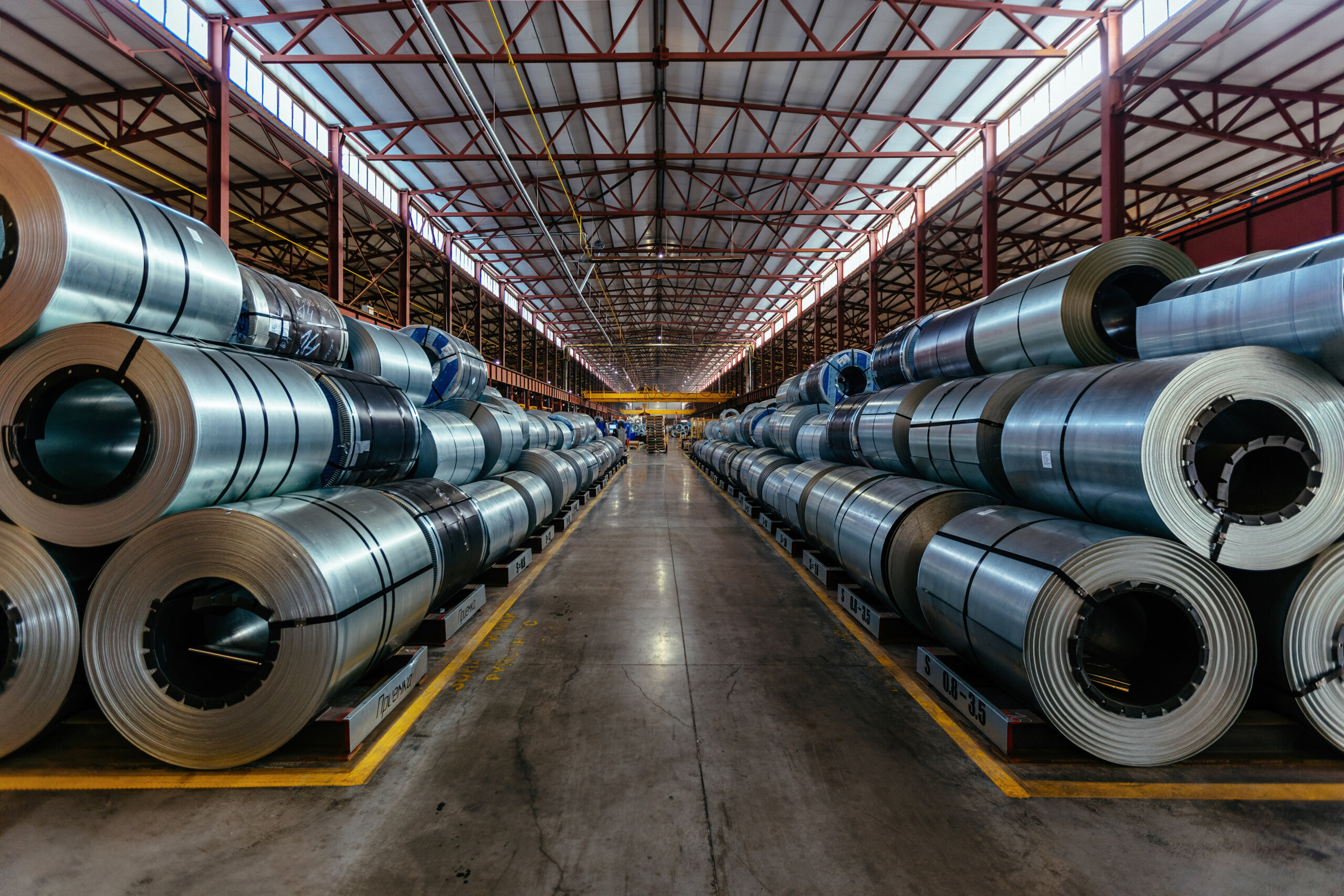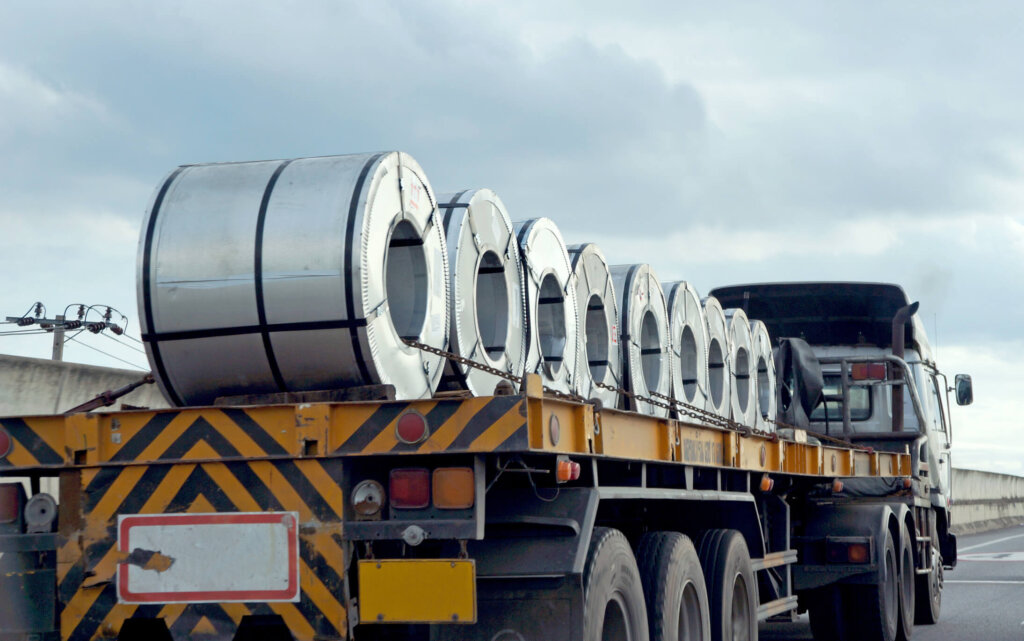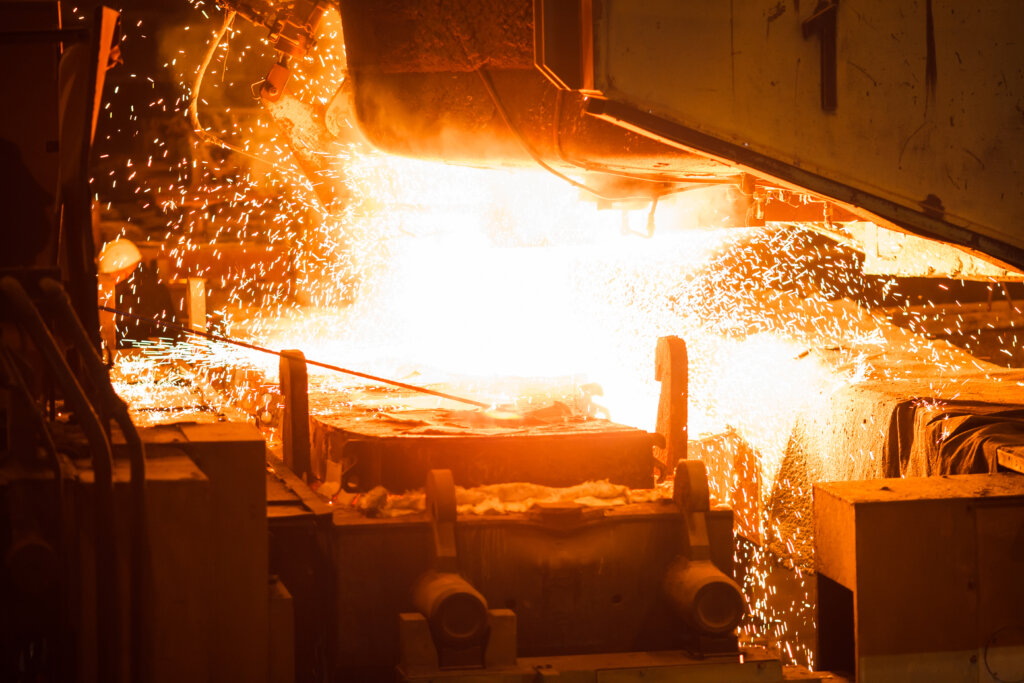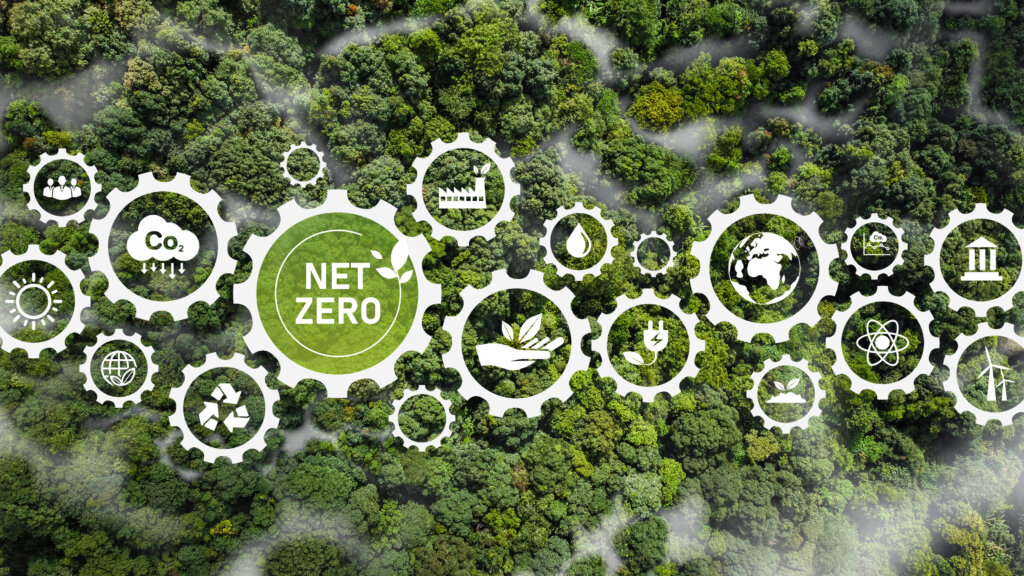In many economic models of production and consumption, we take materials from the earth, make products from them, and eventually throw those products away as waste. This type of process is linear, and over time creates a shortage of raw materials and an excess of waste.
In a circular economy, products are returned to earth (biodegradable), recycled, or repurposed. In doing so, waste is eliminated, and the need for raw materials is reduced. A circular economy tackles some of the most pressing issues of today: pollution, climate change, and waste.
The Four Rs
A circular economy embraces four principles which are widely referred to as the ‘Four Rs’:
- Reduce: The starting point for a circular economic model is to reduce the amount of material, energy, and other resources needed to make a product. There are also opportunities to reduce consumption – for example, taking shorter showers reduces the need for clean water supply.
- Reuse: Repurposing a product or material without significant alteration extends its useful life, thus reducing the number of additional products that need to be manufactured and reducing the amount of waste. For example, old toothbrushes make great tools for cleaning hard-to-reach places.
- Remanufacture: Remanufacturing is the process of restoring products to good-as-new condition. Products that are complex, durable, and expensive are prime targets for remanufacturing. Common examples range from printers to automobile parts.
- Recycle: When reuse and remanufacturing are no longer possible, people in a circular economy look for opportunities to recycle instead of discarding and creating waste. As consumers, many of us recycle paper, plastic, and glass.
What people may not realize is that today’s steel industry has been embracing recycling for decades, and all available scrap is transformed into new steel. While steel is not biodegradable, its durability enables it to be effectively recycled, remanufactured, or repurposed – indefinitely.
Reduce
The industry has come a long way to being more efficient with production but still has a long way to go. Steel produced by electric arc furnaces (EAF) has a carbon footprint that is approximately 75 percent lower than traditional blast furnace steelmakers. In the U.S., more than 70 percent of steel produced comes from EAF. Globally, 70 percent of steel produced comes from blast furnaces.
The opportunity to reduce consumption has also made progress. Whether driven by cost or environmental benefits, engineers have found many ways to develop products using less material than in the past. For example, the use of high strength steels in automobile manufacturing can reduce the structural weight (and use less material) by as much as 25 percent. Building Information Modeling (BIM) is the foundation of digital transformation in the architecture, engineering, and construction industries. Using standard BIM designs helps engineers reduce the amount of steel required without sacrificing quality or safety.
Reuse
The durability of steel means it lasts a long time – about 75 percent of all the steel ever produced is still in use today. Buildings and other structures made of steel can easily last 100 years or longer if properly maintained. This durability also means it can be reused. Last year’s World Building of the Year is a great example. The AMP Center in Sydney was built in the 1970s and needed to be rebuilt. Rather than demolishing it, it was upcycled, retaining more than two-thirds of the old structure, including steel beams and columns.
Remanufacture
Steel is relatively easy to work with, which makes the remanufacture of steel parts affordable. The automotive industry has leveraged remanufacturing for more than 70 years, returning engines and other parts to good-as-new condition at a fraction of the cost compared to new parts. Remanufacturing has grown to be a $55 billion industry, and the majority of the remanufactured material is metal.
Recycle
Steel is one hundred percent recyclable without loss of its inherent properties of strength and durability. In fact, steel is the most recycled material in the world today. Approximately 650 million tons of steel scrap are recycled each year, leading to massive savings in energy and raw material use.
By recycling steel, less raw material is necessary. Recycling accounts for significant energy and raw material savings. World Steel reports that more than 1,400 kg of iron ore, 740 kg of coal, and 120 kg of limestone are saved – for every ton of steel scrap made into new steel.
Led by World Steel, the steel industry is one of the few to monitor and report its sustainability performance at the global level. Many companies also report on their sustainability performance individually. The latest sustainability report shows areas of progress, but also areas for improvement.
We live in a rapidly changing world with finite resources. Population growth, the desire to eliminate poverty, and at the same time improve the standard of living, all create pressure on our natural resources and ecosystems. As steel is everywhere in modern day life, it is vital to a sustainable future.
Promoting zero waste, reducing the number of materials used, and encouraging the reuse and recycling of materials in the steel industry will continue the push towards a global circular economy.



